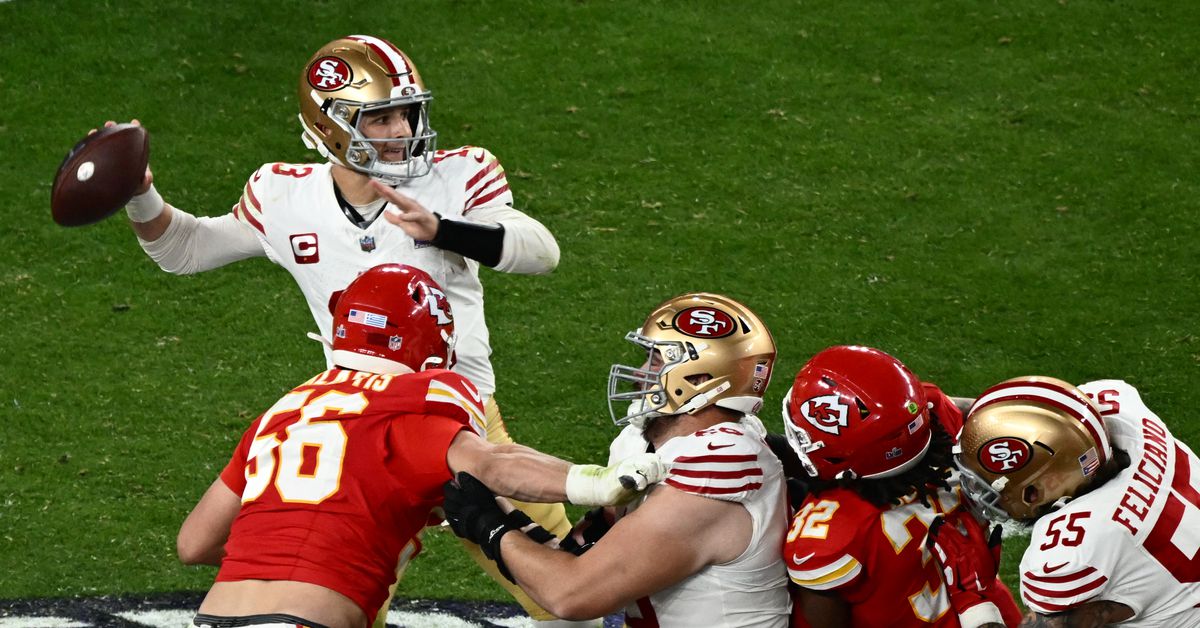Streaming is convenient, as long as you don’t mind being a minute behind what’s happening in real time.
https://www.theverge.com/24070601/super-bowl-streaming-delay-spoilers
Here’s an idea. Stop reading up to the second social media posts while you’re supposed to be enjoying the game.
Also, stop playing on your phone when you go to a movie theater or a concert.
This! So many people were confused about Kelce pushing Andy Reid when the commentators were explaining what had happened during the telecast!
Oh no!
Anyway…
This is the best summary I could come up with:
Some viewers were watching a stream that was a minute-and-a-half behind the real world, leaving plenty of time for social media posts and push notifications to spoil what was about to happen in the game.
People getting the game from a broadcast signal experienced the briefest delay, seeing what was happening just 22 seconds after it occurred on the field.
These delays may sound brief, but they make a big difference in the way people experience live events today.
It may take a minute for video to get from the field to your TV, but a social media post about a touchdown or interception can make it to your phone much quicker.
“The industry has yet to catch up with consumer demand to provide a real-time experience,” Phenix CEO Roy Reichbach said in an emailed statement.
The connection speed varied across formats, too, so in some cases cable was worse than even the slower streams.
The original article contains 462 words, the summary contains 155 words. Saved 66%. I’m a bot and I’m open source!
Surprised at all these delays…
I thought this was the future?

